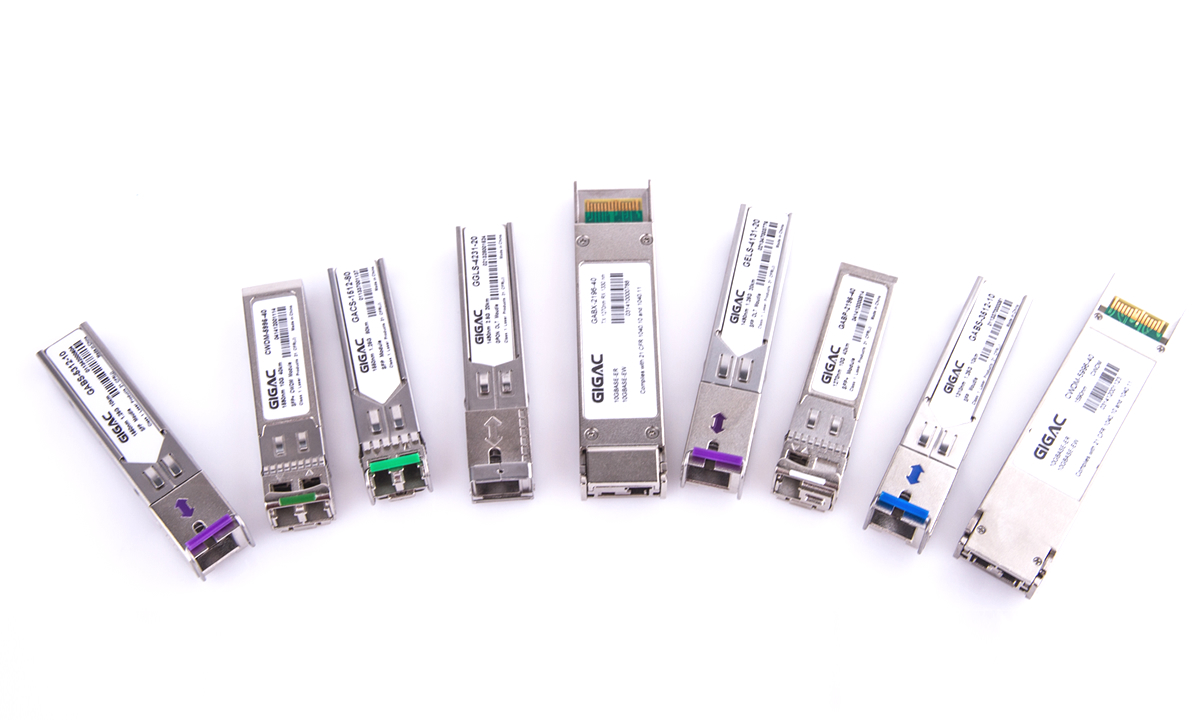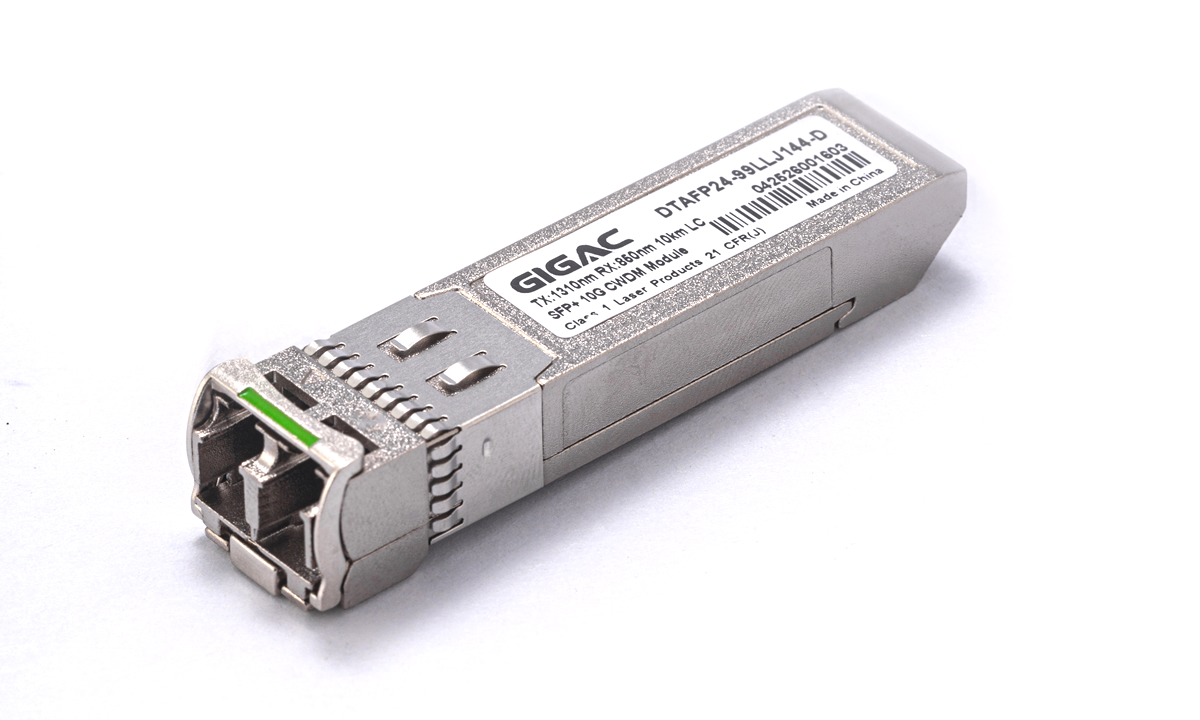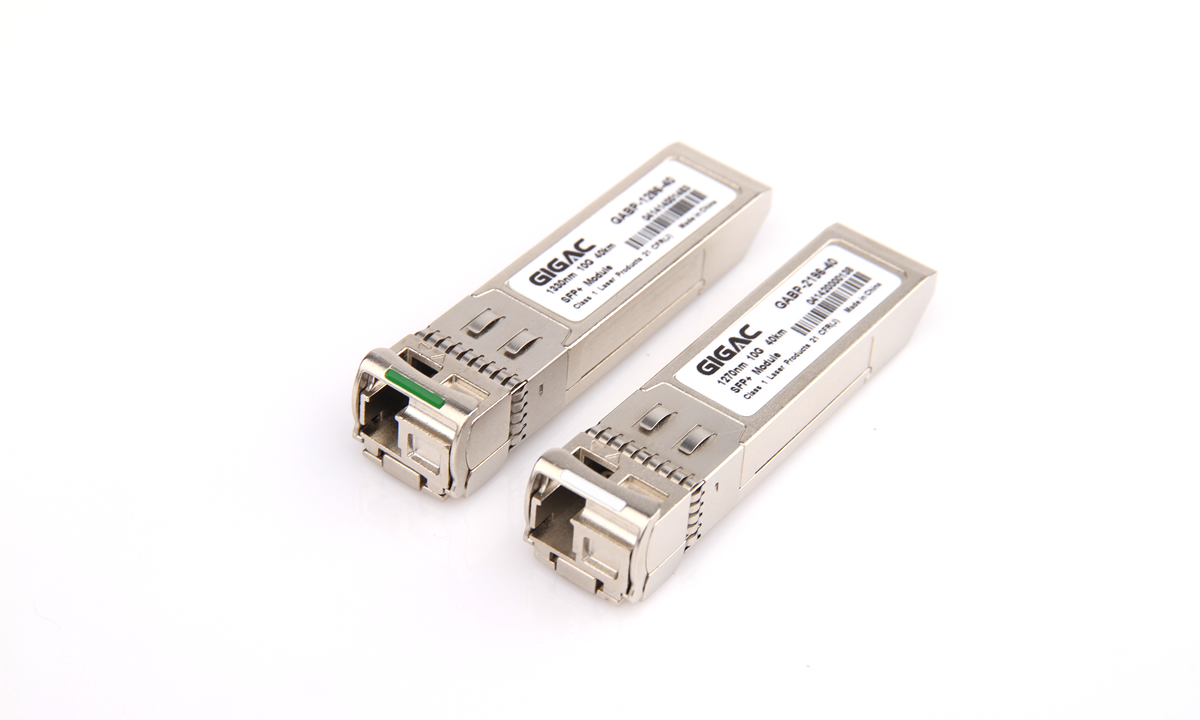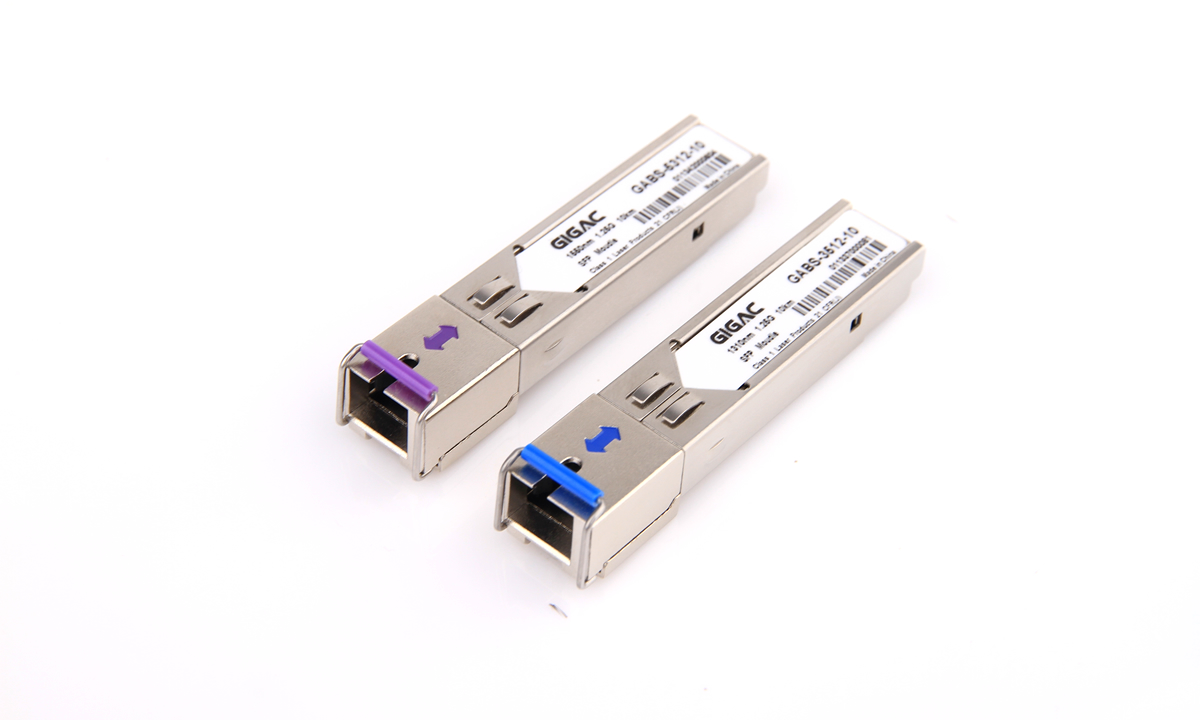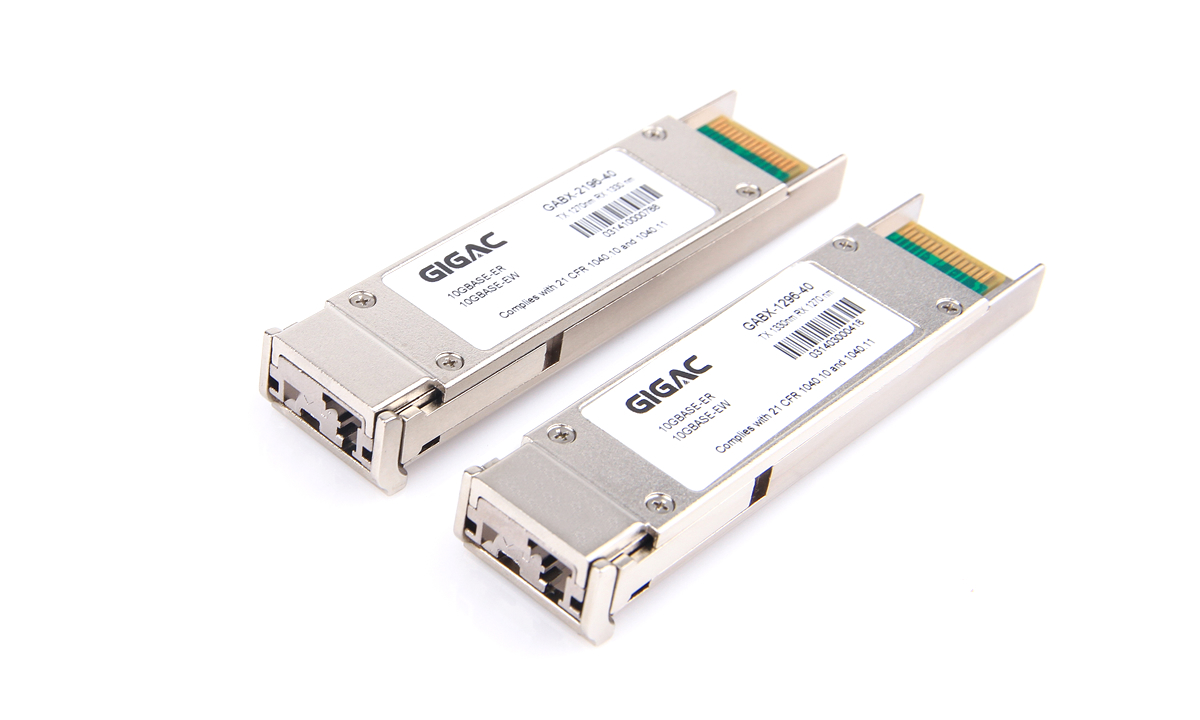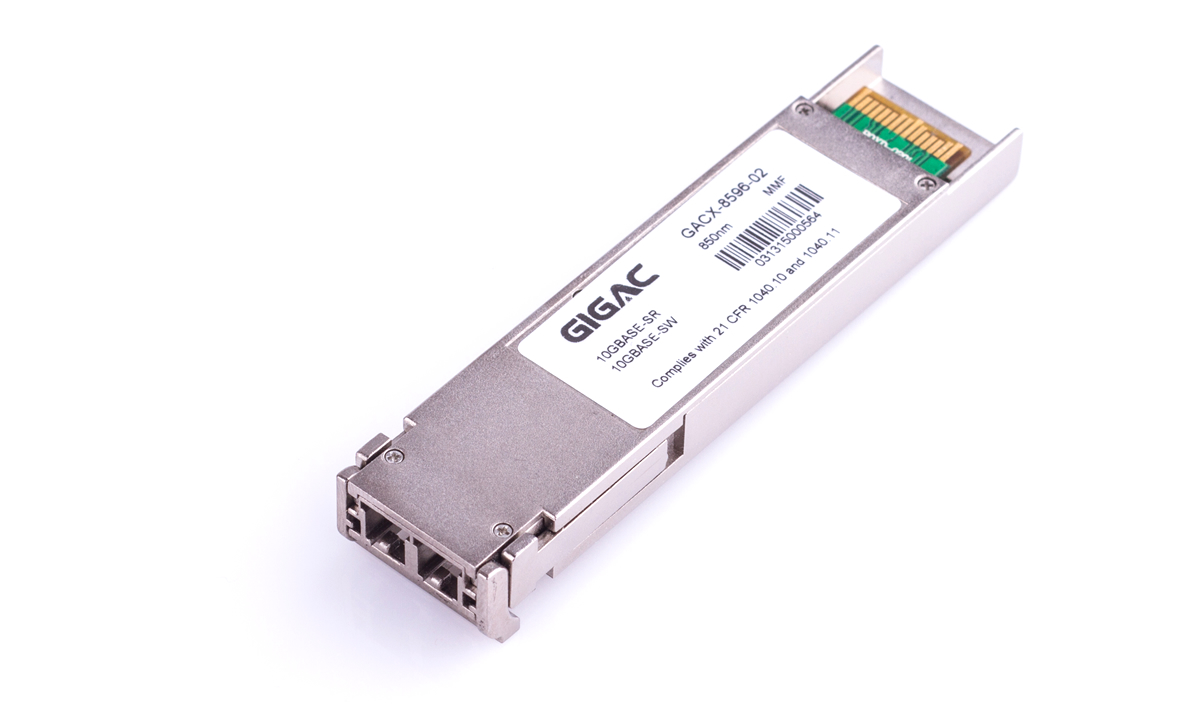The Diting architecture optical transceiver module integrates intelligent monitoring, security protection, and compatibility design, achieving a leap from traditional passive maintenance to active detection. Its core value lies in improving network security, reducing operation and maintenance costs, and adapting to the high-speed, high-reliability communication needs of the future. With the further integration of AI and silicon photonics technology, this type of optical module is expected to become a mainstream solution in 5G, data centers, and critical infrastructure.
Four major features of the Diting architecture optical transceiver module
1.Fiber Optic Line Anti-Eavesdropping Detection
Based on fiber-optic sensing technology, it detects unauthorized access or physical eavesdropping by detecting the phase and polarization state of optical signals.
2.Proactive Maintenance and Qualitative Detection
Built-in sensors and software algorithms collect real-time parameters such as optical power, bit error rate, and temperature. Combined with AI analysis, it predicts fiber aging or failure risks, enabling a shift from passive response to proactive maintenance.
3.Fast Optical Network Topology Support
Dynamic topology updates are achieved through interaction between optical transceivers and network management systems, enabling flexible configuration through standardized protocols.
4.Compatibility and Interoperability
Hardware interfaces and communication protocols adhere to traditional optical module standards (e.g., SFP, QSFP, and SFF form factors). New features can be implemented through firmware upgrades or software-defined functions without modifying existing equipment designs.















